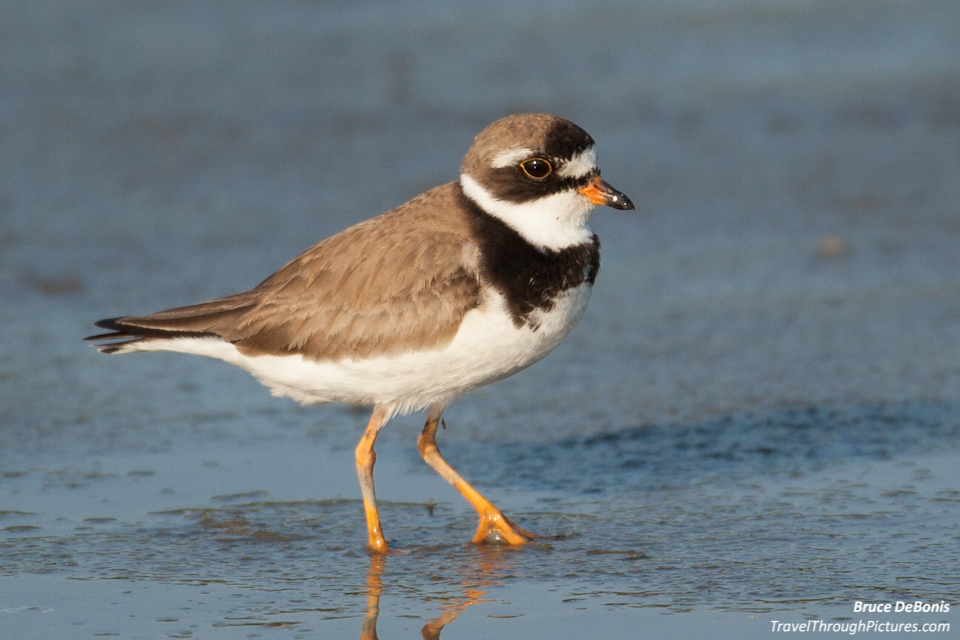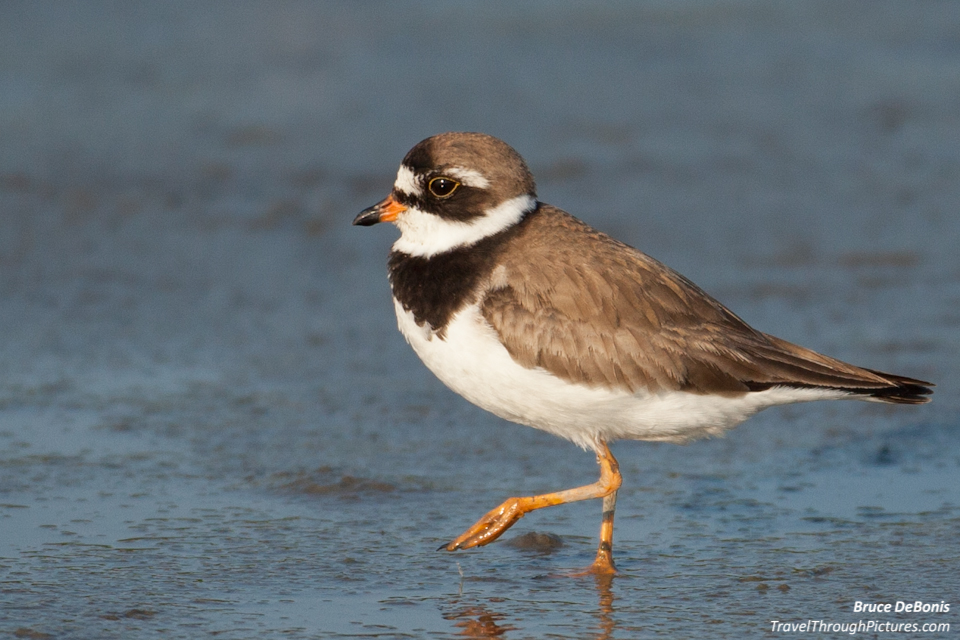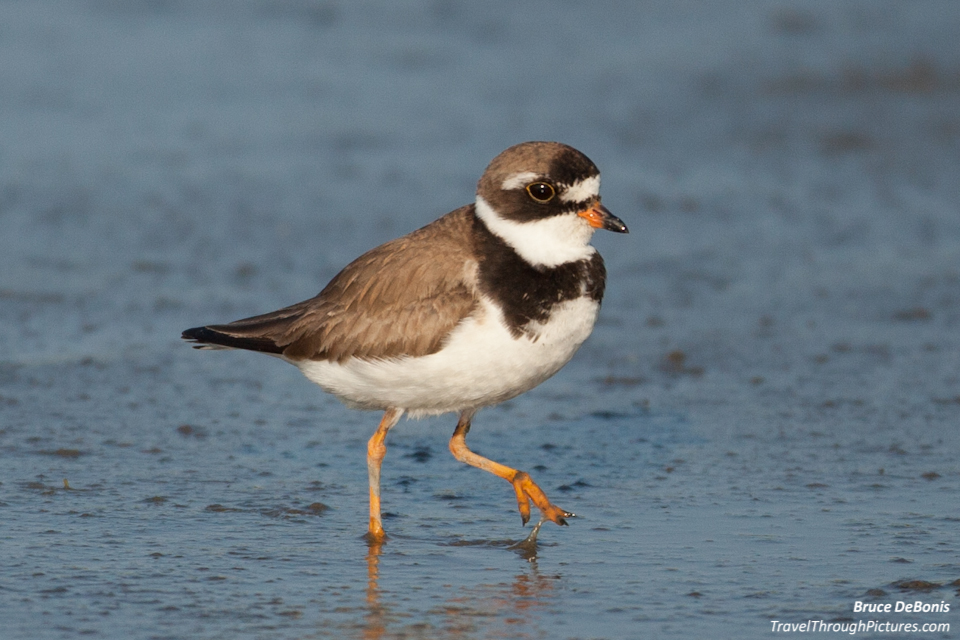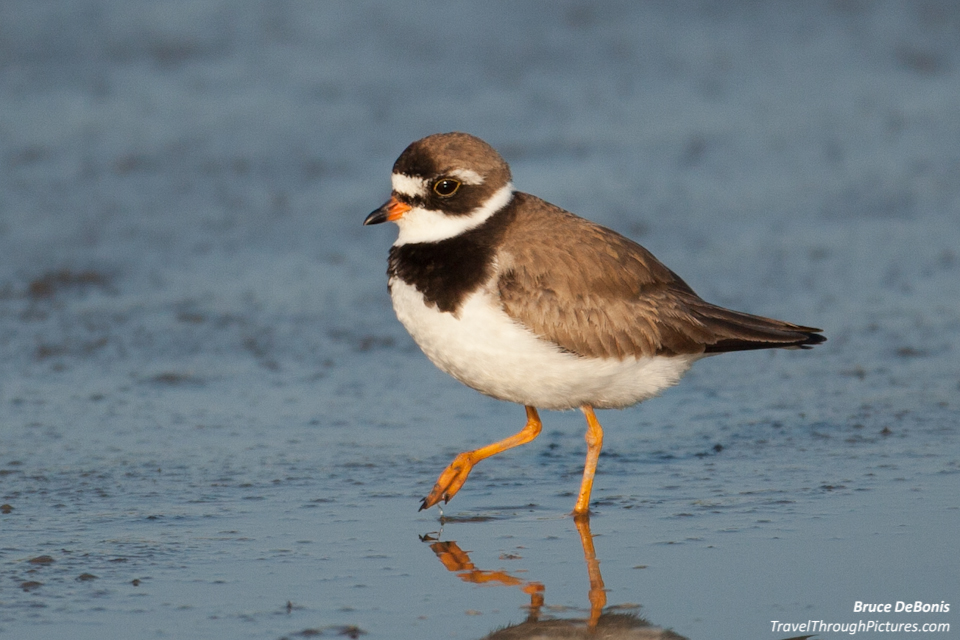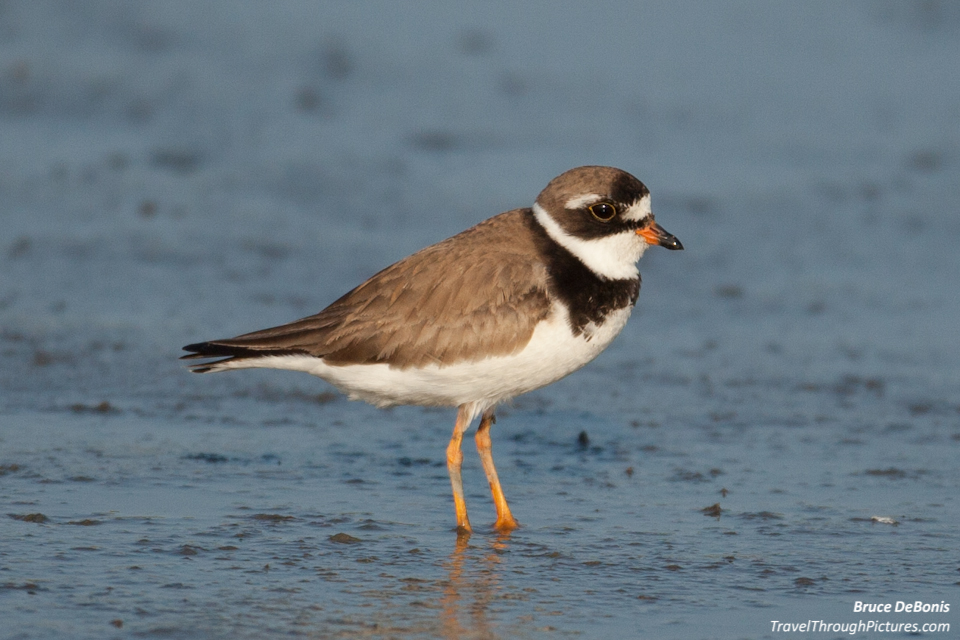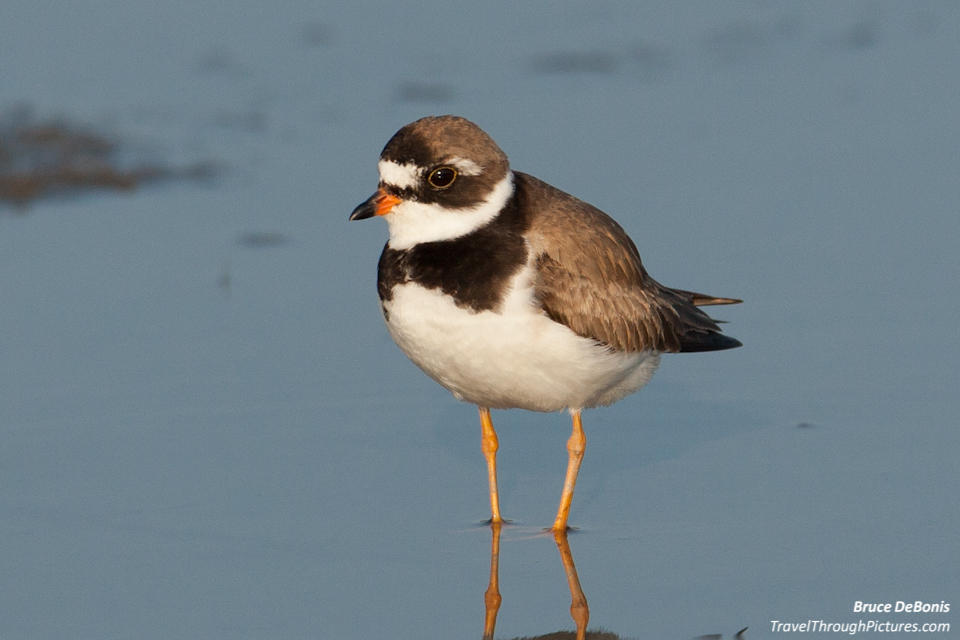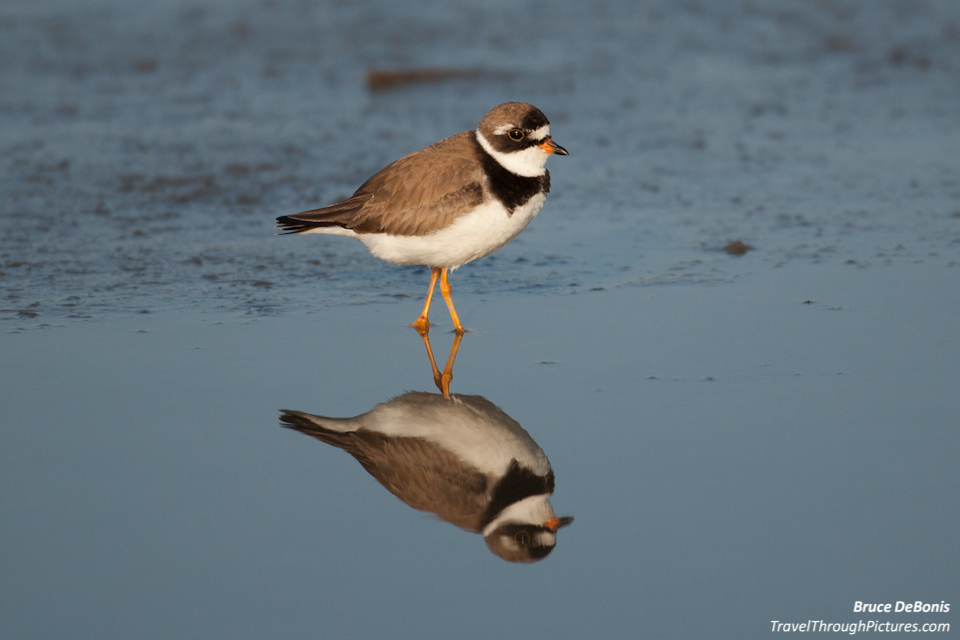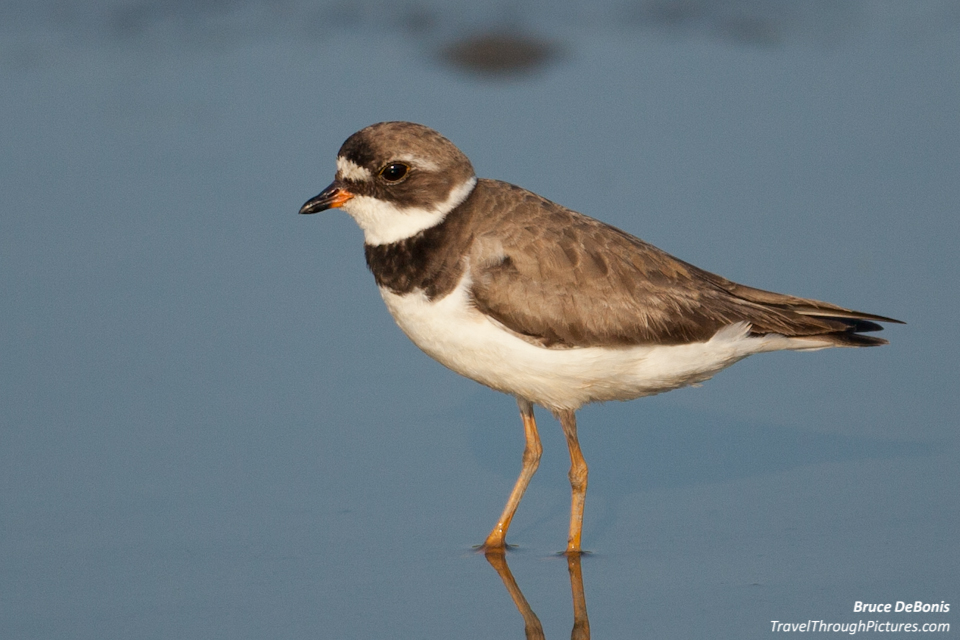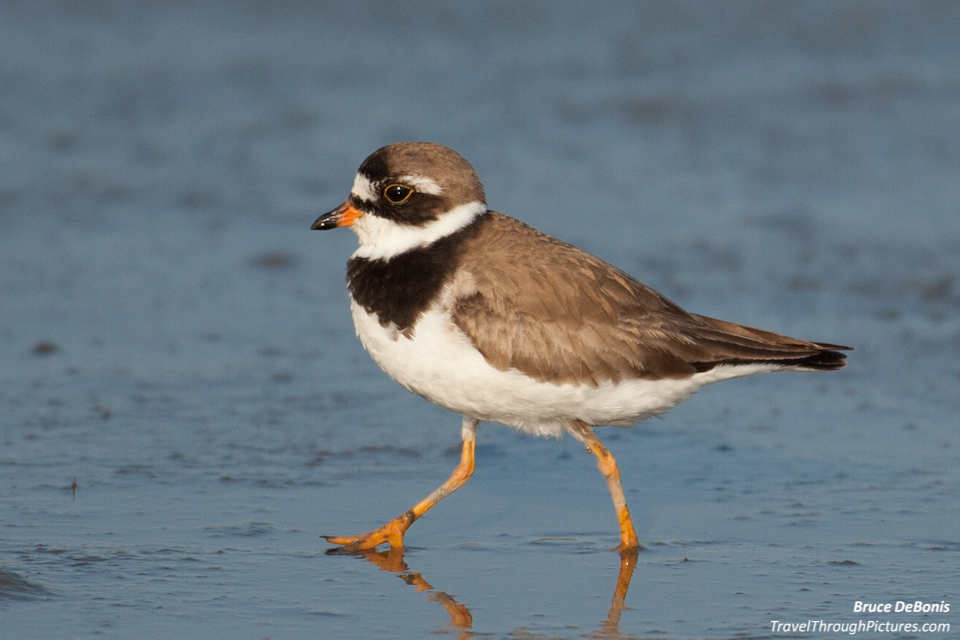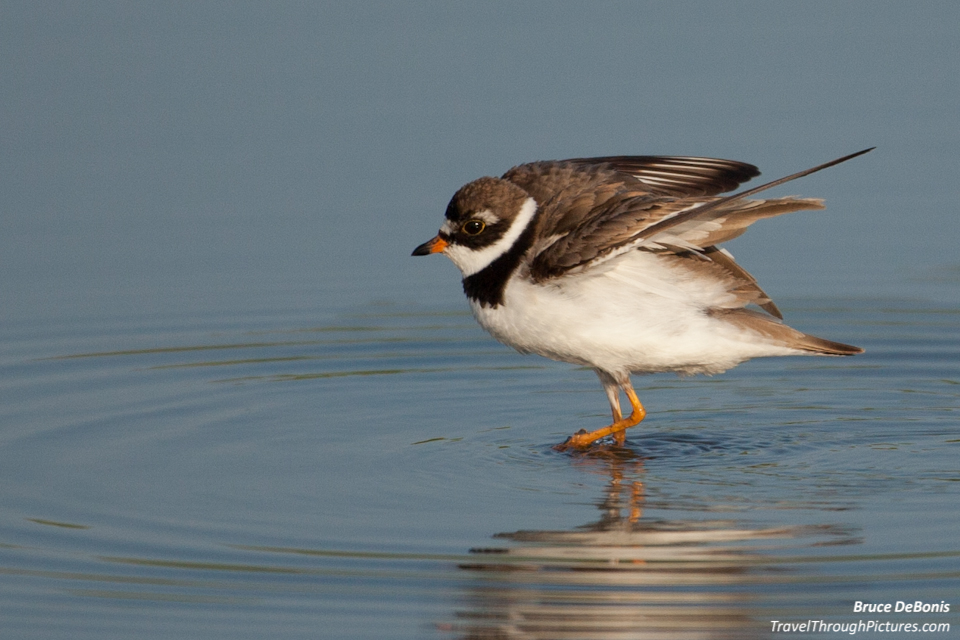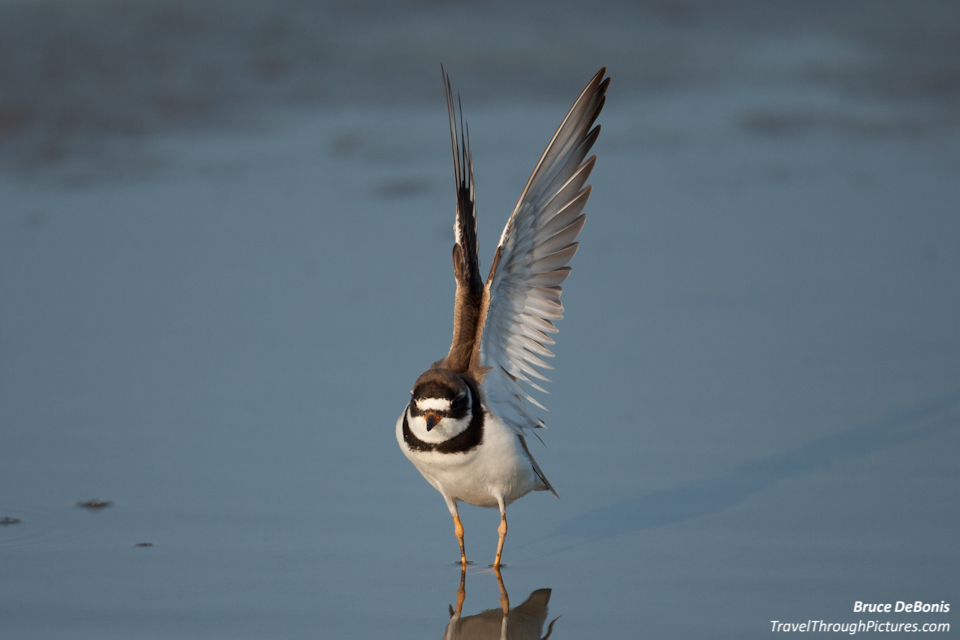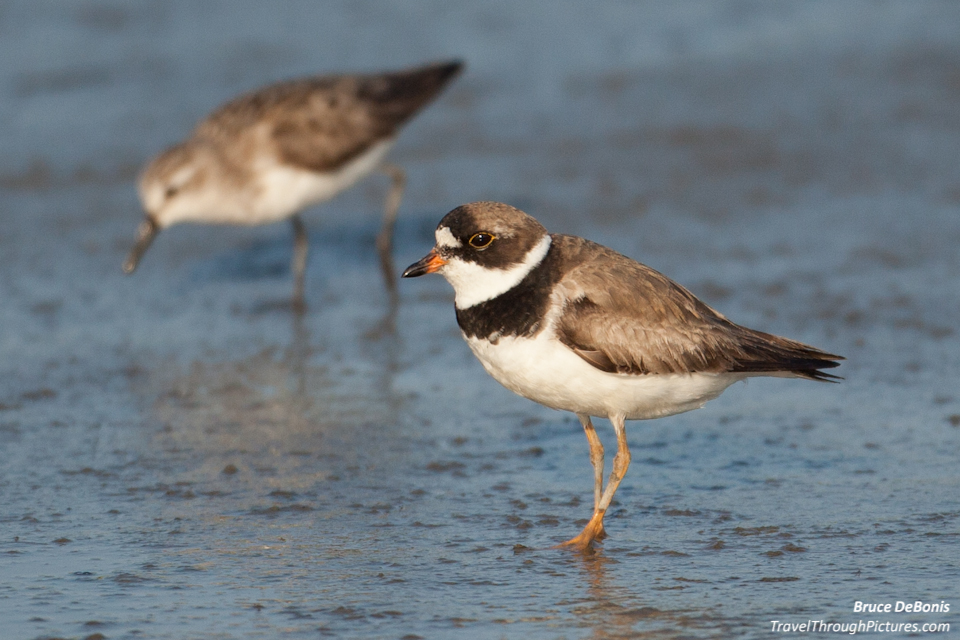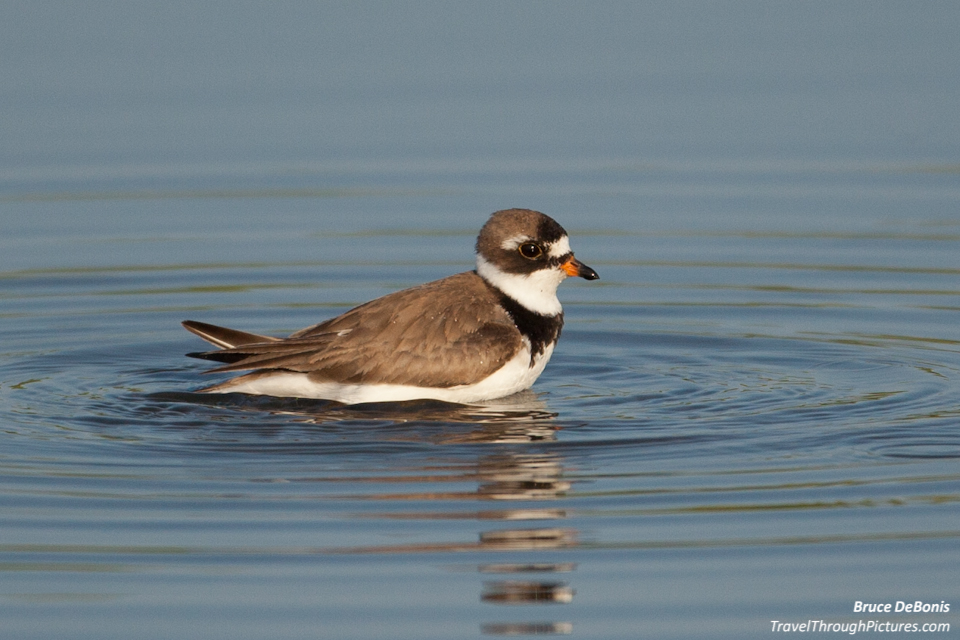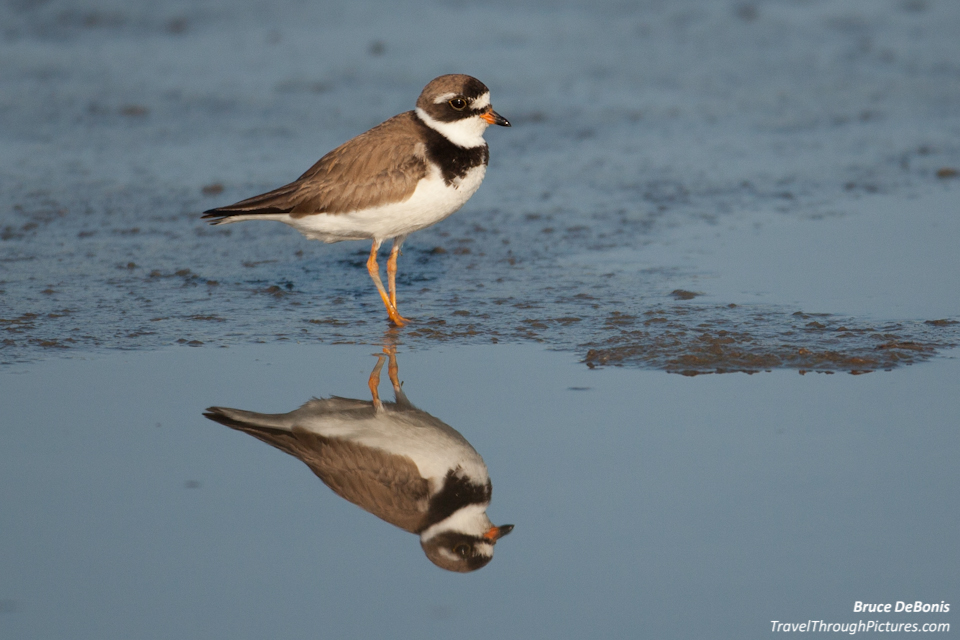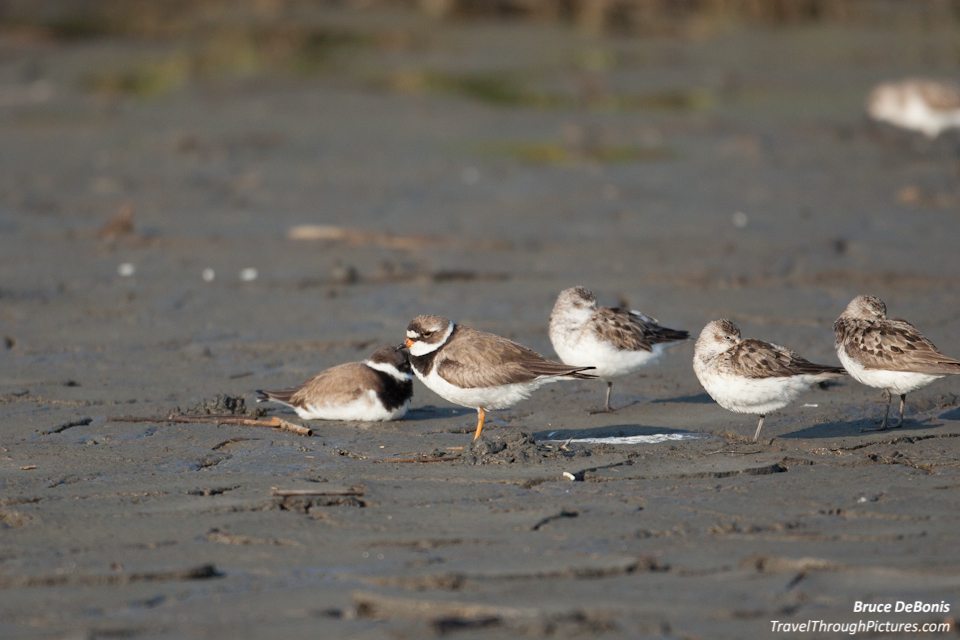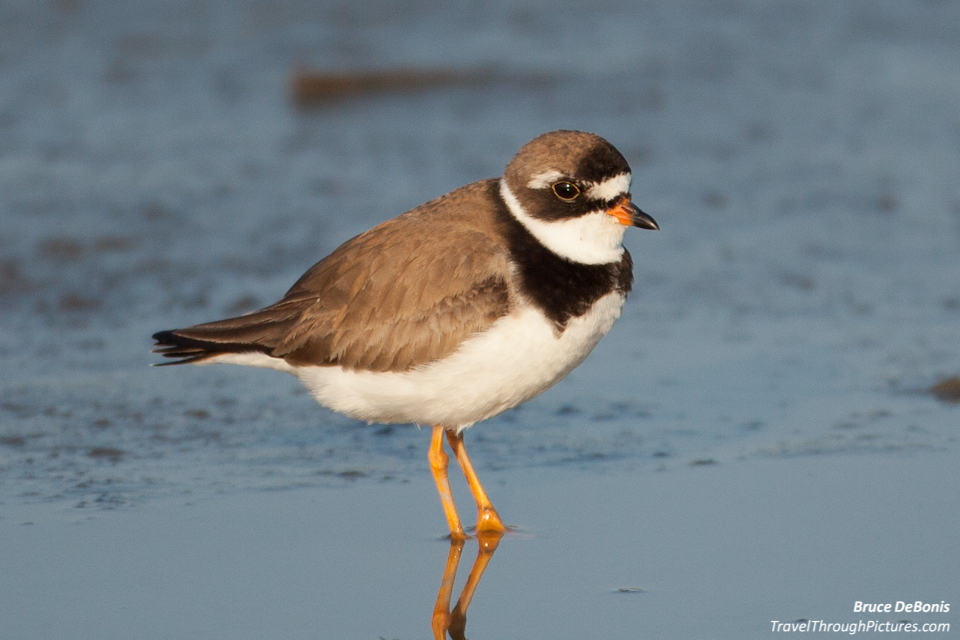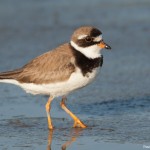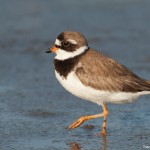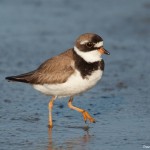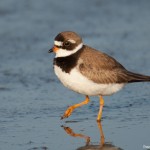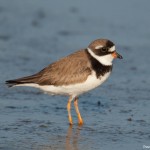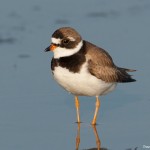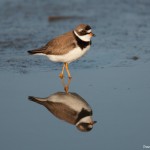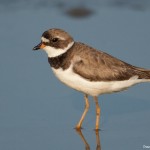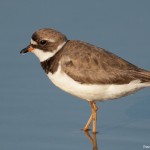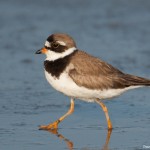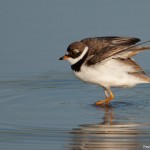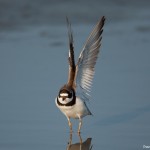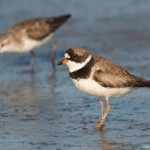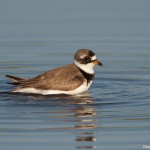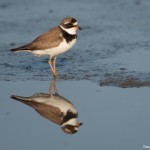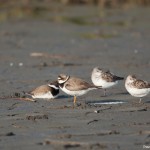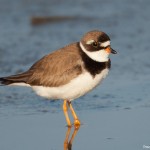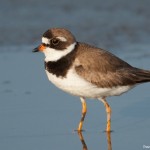Semipalmated Plovers & 500mm Big Lens
Semi wha? What the heck does semipalmated mean? How would you feel if someone called you semipalmated let alone semi-anything? I know I felt semipalmated after a long night out with friends and beers, but I don’t think these birds are big partiers. So, after doing a bit of research (actually about one click on the ‘net) I discovered that semipalmated refers to having the front three toes partly webbed. OK, got it.
I Wrecked My Sandals
The tide was out and various small shore birds were slopping and pecking around in the mud. So very slowly, I walked down to get as close to the water as I could, planted my tripod in what looked like something firm and just sank three tripod and two human feet into muck. Just great. Now what to do as the nice, wet, black mud squished up between my toes? Start taking pictures of course. Did you think photography was glamorous? Did you think this was easy?
Patience and Tenacity
Even though I moved slowly to my shooting position, the birds backed away. Now you just wait and wait and slowly, the birds will return and, for the most part, will ignore you. Just stay quiet and still behind your camera, quietly curse the biting bugs, and tolerate the squishy crap you are standing in and your rewards will come to you.
100% Crops & Megapixels
These pics are pretty much near 100% crops from my Canon 5D Mk II with a Canon 500mm f/4 L lens. Even though I was very close, these little buggers are pretty small at around 8” long and deep cropping is required. I am always impressed with this camera and the quality photos it produces even at or near 100% crops. Now to be clear, these are not true 100% because after I cropped them in LightRoom 4 to be 100% crops, I then re-sized them down a bit for publication on the web – but you get the idea of what a 100% crop looks like.
By the way, a 100% crop is when cut a section out of your photo to where each picture pixel matches the display pixels of your monitor 1 for 1. Normally, the software that translates your JPG photo into something that can be viewed, also known as a picture viewer, must shrink your photo down to fit on your monitor and therefore must compress and translate high pixel counts down to a smaller set that then is shown 1 for 1 on your monitor. When this happens, as it does with most JPGs, all kind of sins disappear and bad pictures can start to look good.
If you want to see one of your pictures at 100%, your picture viewer on your computer should have a setting to see your picture at 100% or it may be notated as 1:1. When you set your picture to be viewed this way, it should zoom into a section and the rest of the photo will exist way outside the boundaries of your monitor. This is not magnification, it is just accurate rendering of your JPGs true size. By the way, this is one big and real reason many say you don’t need more megapixels as cameras today have way more than can be displayed on your monitor. Those who say this are totally correct, unless you want to crop and crop deeply. When you crop deeply, you need more and more megapixels.
100% crops do not need to be compressed and translated to show on your monitor and therefore will expose anything not right about your photograph. Pictures just a tad out of focus or blurred will look poor and the blemishes of high ISOs will become very apparent at 100% crop (or just displayed at 100%, or 1:1). That is why I am so darn amazed at what this Canon 5D Mk II can do. It just takes great pictures.
Here is the original perspective out of the camera, and the cropped version displayed in the portfolio above. Here you can see how much I cropped and what the “magnification” difference, approximately, a 100% crop looks like. An important lesson here: The more megapixels your camera has, the more you can crop thus increasing your “magnification” potential. However, to get quality results when you crop deeply requires top notch (i.e., really expensive) equipment and flawless technique.
The Equipment:
- Canon 5D MkII
- Canon 500mm f/4 L lens
- Gitzo 3530LS carbon fiber tripod
- Wimberley II gimbal head

